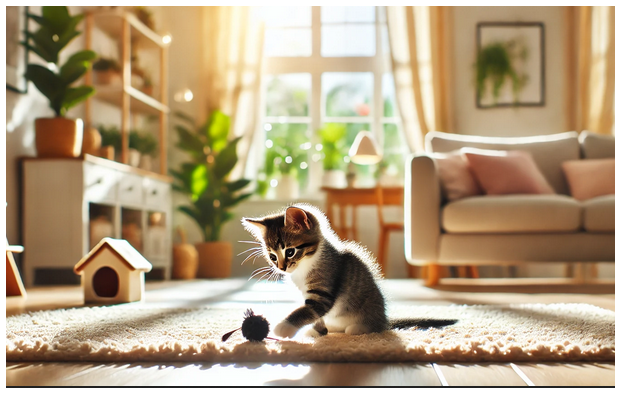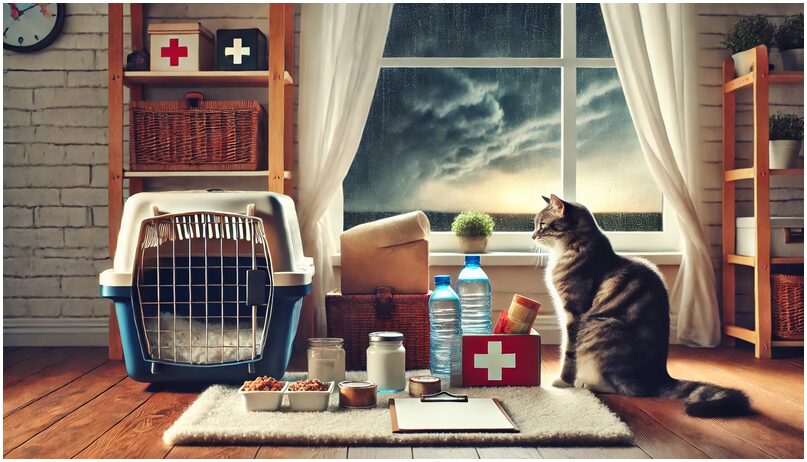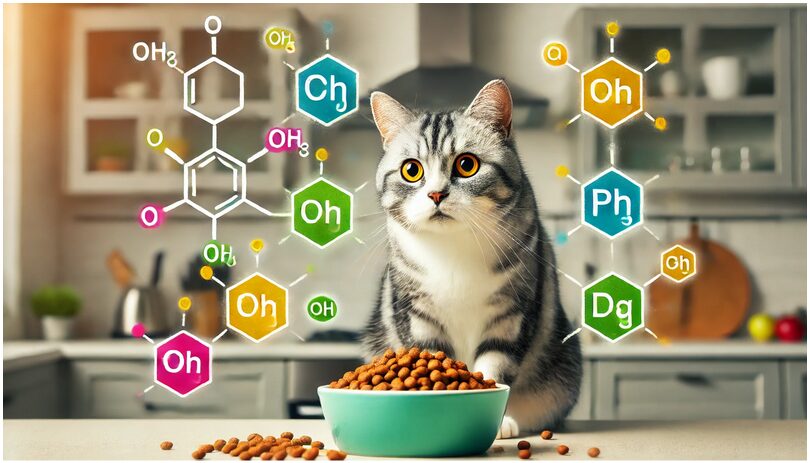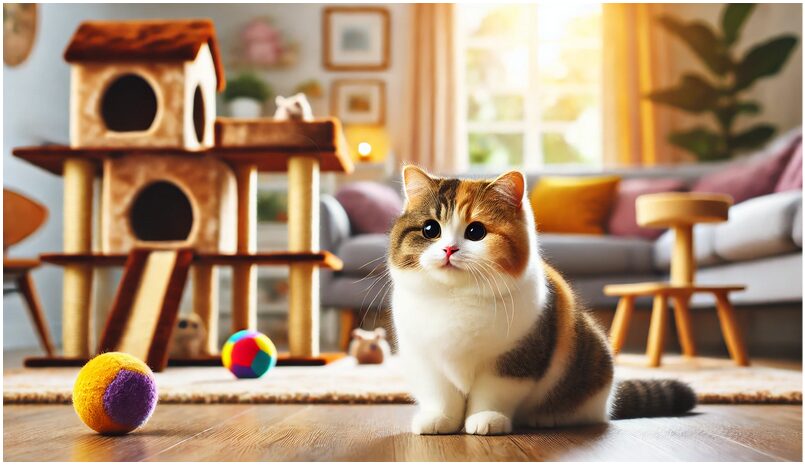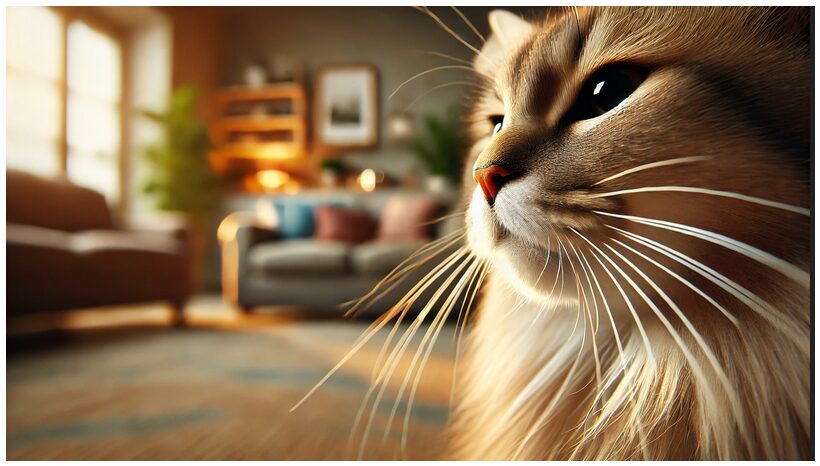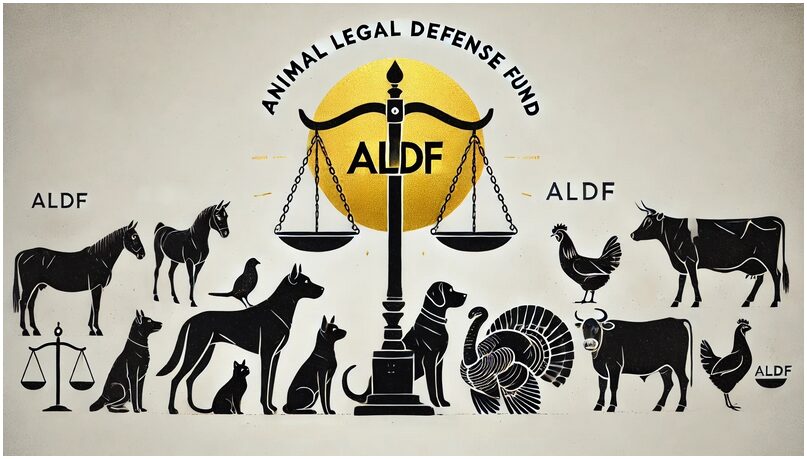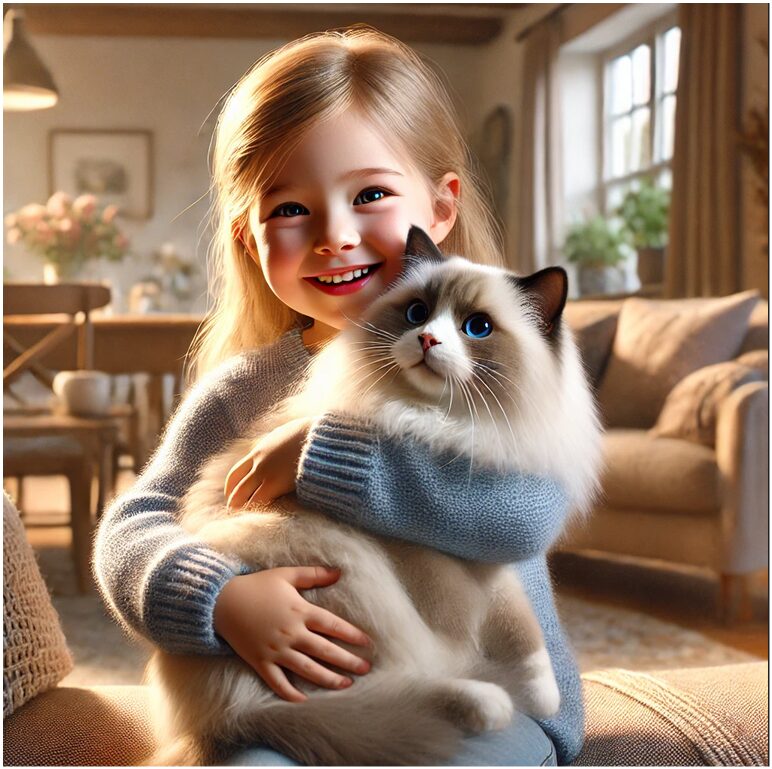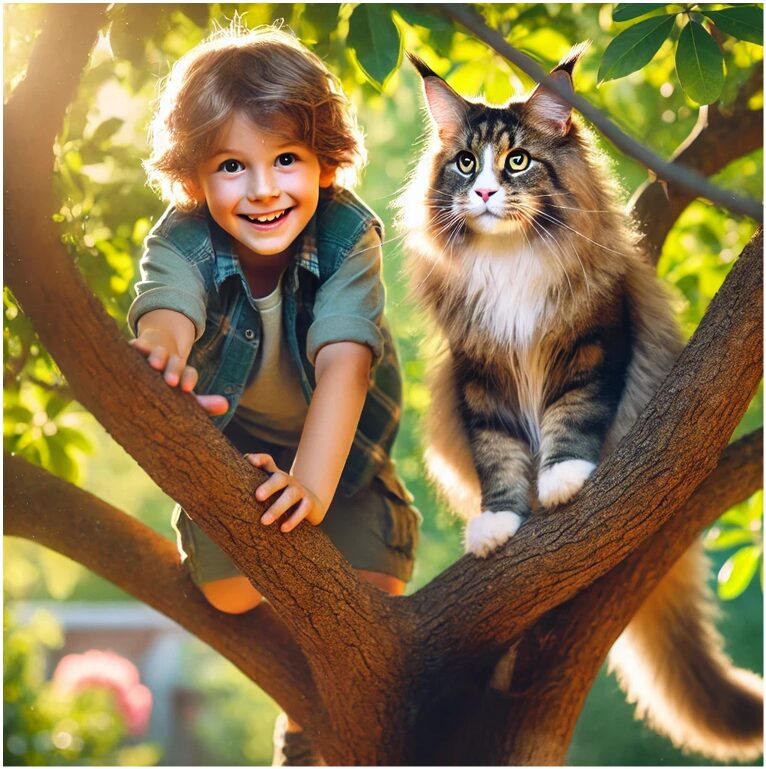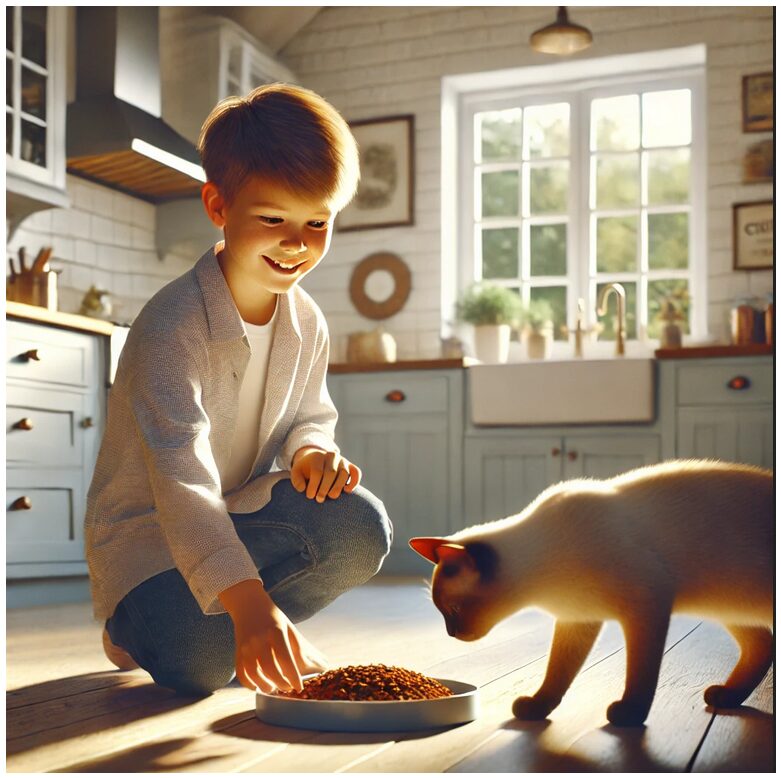Calico cats are often celebrated for their eye-catching and uniquely patterned coats. With their signature patches of white, black, and orange (or sometimes gray and cream), these felines aren’t just visually striking—they also come with fascinating genetics and a storied history. While calico is a color pattern, not a breed, it appears across several pedigree breeds, each with their own unique twist on the classic tricolor look. In this post, we explore the world of calico cats, their unique genetics, their personality traits, and the many breeds that recognize and celebrate the calico coloration.
What is a Calico Cat?
Calico cats are best known for their distinctive coat color pattern—typically a mix of white, black, and orange. In some cases, the black and orange may appear as gray and cream due to a genetic dilution factor. These colors generally form distinct patches, giving each calico a one-of-a-kind appearance, as no two will have identical patterns.
Interestingly, the term “calico” refers to the coat pattern, not the breed. This means calico cats can belong to a variety of breeds, as long as their fur presents this multicolored, patchy look.
Why Are Most Calico Cats Female?
The answer lies in genetics. Calico coloring is linked to the X chromosome, and since females have two X chromosomes (XX), they are more likely to inherit the necessary genes for calico coloring. Males, with only one X and one Y chromosome (XY), are much less likely to display this pattern. In rare cases, male calicos exist due to genetic anomalies such as Klinefelter syndrome, but these males are typically sterile and quite rare.
Personality and Temperament of Calico Cats
While coat color doesn’t directly determine personality, many calico owners claim their cats exhibit a certain “calico sass.” This reputation for being bold, independent, and feisty is known as “calico attitude.” However, it’s important to remember that individual personality traits are influenced by genetics, upbringing, and environment more than coat color.
Pedigree Breeds That Recognize Calico Coloration
Several pedigree cat breeds allow for calico patterns in their breed standards. Each breed brings its own characteristics, combining calico coloration with distinct physical and temperamental traits.
1. Persian
Persian cats are one of the most recognizable long-haired breeds, known for their luxurious coats, round faces, and calm, laid-back personalities. Calico is an accepted pattern in Persian cats, giving these regal felines a splash of color. Due to their long fur, calico Persians tend to have a particularly stunning and fluffy appearance, with their patches blending into their thick, flowing coat.
2. Maine Coon
As one of the largest domesticated cat breeds, the Maine Coon is known for its impressive size, tufted ears, and thick fur. Calico Maine Coons are particularly striking, as the breed’s large frame and long coat showcase the vibrant calico pattern beautifully. Known for being friendly and sociable, Maine Coon cats with calico coloring are a popular choice for families.
3. Japanese Bobtail
The Japanese Bobtail has a long history of being revered in Japan, where they are considered symbols of good luck. This breed is particularly well-known for its calico coloring, as the “mi-ke” (meaning “three-fur” in Japanese) pattern is considered the epitome of beauty and luck. Japanese Bobtails are energetic, playful, and make great companions. Their calico coats often feature large, bold patches, and their unique bobbed tails add to their charm.
4. Manx
Manx cats, known for their taillessness or shortened tails, can also have calico coloring. The breed is renowned for its playful and dog-like personality, with many Manx being known for fetching toys or following their owners around the house. A calico Manx offers a unique combination of a striking coat and distinctive body type.
5. Turkish Van
Turkish Vans are notable for their love of water and their silky semi-longhaired coats. While they are more often associated with the “van” pattern (predominantly white with color restricted to the head and tail), some Turkish Vans also display a calico pattern. Their energetic and adventurous nature makes calico Turkish Vans an excellent match for active households.
6. British Shorthair
British Shorthairs are famous for their dense, plush coats and round faces. Though most people associate them with solid colors, such as blue (gray), the breed standard allows for a wide variety of colors and patterns, including calico. Calico British Shorthairs combine the breed’s iconic stocky build with the vibrant tri-color look. They are typically calm and reserved, making them excellent companions for a relaxed home environment.
7. Siberian
Known for their robust build and thick, water-resistant fur, Siberian cats can also carry the calico pattern. These cats are friendly, energetic, and well-suited to cold climates, with their luxurious coats keeping them warm. A calico Siberian is a true showstopper, combining the breed’s impressive size with a striking tri-colored coat.
Fun Facts About Calico Cats
- State Cat of Maryland: The calico cat is the official state cat of Maryland, chosen because its colors—white, black, and orange—mirror the Maryland state bird (the Baltimore oriole) and the state insect (the Baltimore checkerspot butterfly).
- Calico Cats and Good Luck: In Japan, calico cats are believed to bring good luck, particularly in their role as “Maneki Neko,” the waving cat figurine often seen in stores and homes.
- Rare Male Calicos: Only about one in 3,000 calico cats is male, making them incredibly rare. Male calicos are typically sterile due to genetic anomalies that allow them to inherit two X chromosomes and a Y chromosome.
Why Calico Cats Are Special
Calico cats aren’t just stunning in appearance; they’re also a genetic marvel. The combination of X-linked color patterns and random genetic expression means that every calico is completely unique. No two calico cats will ever have the exact same pattern, making each one a true original in the feline world. Whether in a Persian’s long, flowing coat or a Maine Coon’s massive frame, the calico pattern is a testament to the beauty and complexity of nature.
Should You Adopt a Calico Cat?
If you’re considering adopting a calico, you’ll be pleased to know that they can come in many breeds and temperaments, offering a wide range of options depending on your household’s needs. Whether you’re drawn to the majestic fluff of a Persian, the playful antics of a Japanese Bobtail, or the calm presence of a British Shorthair, there’s a calico cat out there for everyone.
Conclusion
Calico cats are a true wonder of the feline world, boasting not only their vibrant, tricolored coats but also their association with various pedigree breeds. From the long-haired Persian to the water-loving Turkish Van, the calico pattern enhances the beauty and uniqueness of each breed. If you’re lucky enough to have a calico in your life, you’re sharing your home with a cat whose pattern is as unique as its personality. So next time you see a calico, remember that their beauty is more than skin deep—it’s a celebration of nature’s colorful palette in feline form!



